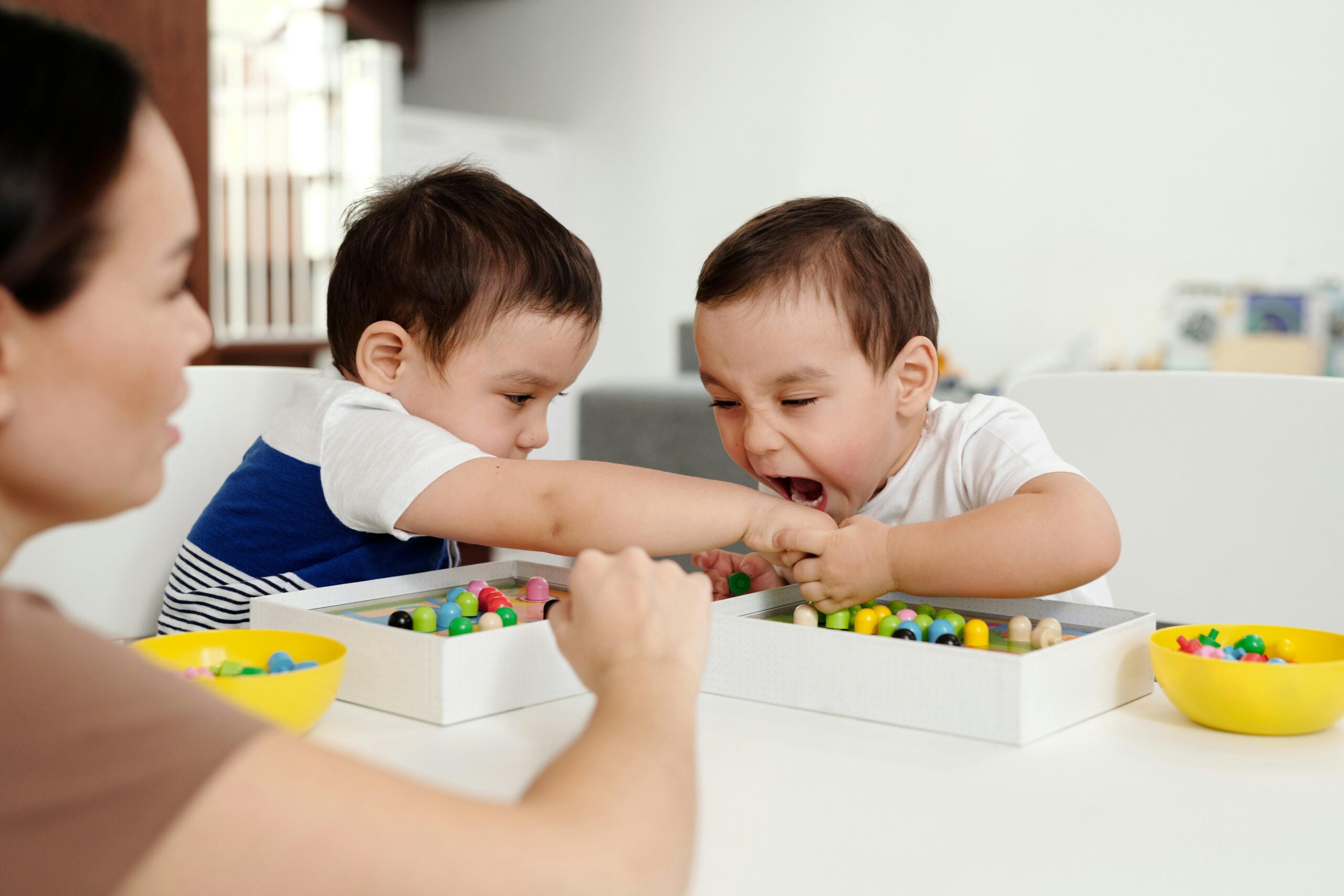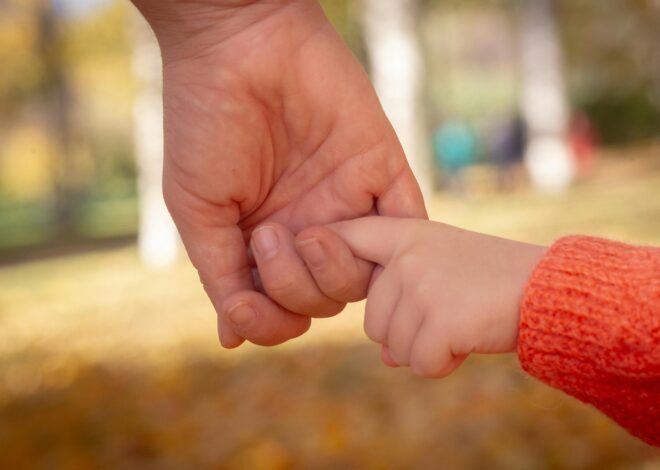
The Secret Language of Sibling Rivalry
The Secret Language of Sibling Rivalry
I was sitting with a mom once—let’s call her Sarah—who looked like she hadn’t slept in weeks. She told me, with tears in her eyes, that she couldn’t understand how two children she’d raised in the exact same home, with the exact same love, could be at each other’s throats from sunrise to bedtime. “I thought I was doing everything right,” she said. “But all they do is fight.”
If you’ve ever felt this way, I want you to know: you’re not broken, and neither are they. Sibling rivalry isn’t a sign you’re failing as a parent. It’s actually a sign your kids are doing one of the most important jobs of childhood—learning how to be human with other humans. The problem is, nobody taught us how to decode what all that bickering, teasing, and tattling really means.
Let’s crack the code together.
Why Siblings Fight: It’s Not Really About the Toy
Here’s what most parenting advice won’t tell you: sibling rivalry is rarely about what it looks like on the surface. Yes, they’re screaming over who gets the blue cup. But underneath? They’re asking a much bigger question:
“Am I still important here? Do I still matter to you?”
According to research from the American Psychological Association, sibling conflict peaks between ages 3 and 7—right when kids are figuring out their identity and where they fit in the family ecosystem. They’re not trying to drive you up the wall (okay, maybe a little). They’re testing the boundaries of love, fairness, attention, and power.
In family systems theory, we call this “competing for emotional real estate.” Each child is unconsciously trying to secure their unique place in your heart. And when they don’t feel secure in that place? They fight to prove they matter—or to knock the other one down a peg.
You’re not imagining it—according to studies, siblings can argue or fight an average of 3.5 times per hour when they’re together. It’s exhausting. But here’s the good news: once you understand the language they’re speaking, you can start responding in ways that actually reduce the conflict instead of accidentally fueling it.
Decoding the Hidden Messages in Sibling Conflict
Let’s talk about what’s really being said when your kids are at it again:
- “You always take his side!” = “I need to know you see me, too.”
- “She started it!” = “I need you to validate that I’m not the bad guy here.”
- Constant tattling = “I’m trying to connect with you and prove I’m good.”
- Physical aggression = “I don’t have words for how big my feelings are right now.”
Once you see it this way, the whole game changes. They’re not little tornadoes of chaos—they’re little humans trying to say something important, but in the only language they know.
5 Powerful Tools to Transform Sibling Rivalry Into Connection
1. Speak to the Need, Not the Behavior
Instead of saying, “Stop fighting!” try, “I see two kids who both want to feel important right now. Let me help with that.” This shifts you from referee to translator. You’re not picking sides—you’re naming the emotional truth underneath.
2. Create “Me and You” Time for Each Child
Even 10 minutes of one-on-one time with each kid—where they pick the activity and have your full, phone-free attention—can fill their emotional tank in ways that reduce sibling competition. They’re not fighting for your attention if they already feel they have it.
3. Teach Problem-Solving, Not Tattling
When a child comes to you with a complaint, resist the urge to immediately intervene. Instead, ask calmly: “What do you think would help right now?” or “Have you told your brother how that made you feel?” You’re empowering them to use their words, not their fists (or their volume).
4. Celebrate the Relationship, Not Just the Kids
Catch them being kind to each other, and name it out loud. “I just saw you share your toy with your sister. That’s what being a great brother looks like.” You’re reinforcing the identity of connection—not competition.
5. Stay Neutral and Validate Both
When conflict erupts, take a breath and say something like: “I hear you’re both upset. You both matter to me. Let’s figure this out together.” This prevents the trap of assigning blame and instead models empathy and fairness.
Quick Reference: Your Sibling Harmony Toolkit
| Tool | What It Does | How to Try It |
|---|---|---|
| Speak to the Need | Addresses the emotional root, not just the behavior | “I see two kids who both want to feel heard. Let’s listen to each other.” |
| “Me and You” Time | Fills individual emotional tanks | Spend 10 focused minutes daily with each child doing their choice of activity |
| Teach Problem-Solving | Builds communication and conflict resolution skills | Ask, “What do you think would help?” before stepping in |
| Celebrate Connection | Reinforces sibling bond identity | Name moments of kindness: “I love seeing you two work together!” |
| Stay Neutral | Prevents resentment and builds trust | “You both matter. Let’s figure this out together.” |
You’re Already Doing Better Than You Think
Here’s the truth, friend: the fact that you’re reading this, that you care enough to understand the why behind the chaos, means you’re already giving your kids something powerful—a parent who’s willing to grow and listen. Sibling rivalry won’t disappear overnight. But with patience, presence, and a little translation work, you can help your kids learn to speak the language of love instead of war.
Pick one tool from this list and try it this week. Just one. You’ll be amazed how even small shifts in how we respond can change everything—not just for them, but for the whole family. You’ve got this. 💙



